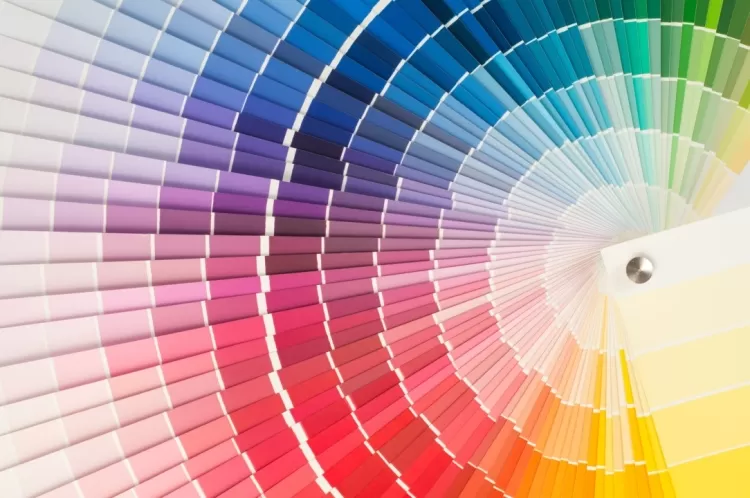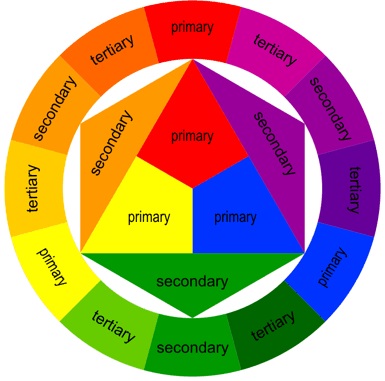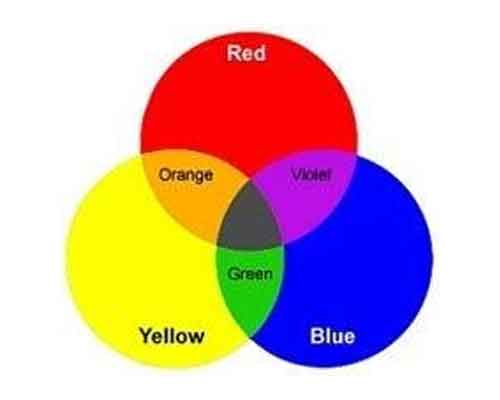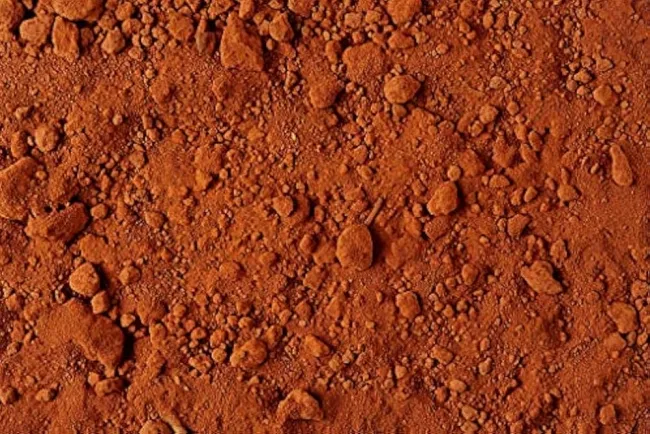The Vibrant World of Colors: Exploring Their Science and Significance...!!!
Colors are a fundamental aspect of human perception, deeply influencing our emotions, decisions, and experiences. They result from the interaction between light, objects, and our eyes, creating a spectrum of hues that add vibrancy and meaning to our lives.

The Science of Color
Colors are produced by light waves of different wavelengths. When light strikes an object, certain wavelengths are absorbed, and others are reflected. The reflected wavelengths determine the color we perceive. For instance, a red apple appears red because it reflects red light and absorbs other wavelengths.
The visible spectrum of light ranges from approximately 380 to 750 nanometers, encompassing all the colors we can see. This spectrum includes the following primary colors:
1.Red (around 620-750 nm)
2.Orange (around 590-620 nm)
3.Yellow (around 570-590 nm)
4.Green (around 495-570 nm)
5.Blue (around 450-495 nm)
6.Indigo (around 425-450 nm)
7.Violet (around 380-425 nm)
Primary, Secondary, and Tertiary Colors
Primary colors are the basic colors that cannot be created by mixing other colors. In the additive color system (used in light), the primary colors are red, green, and blue (RGB). In the subtractive color system (used in pigments), the primary colors are cyan, magenta, and yellow (CMY).
Secondary colors are created by mixing two primary colors. In the RGB system, these are cyan, magenta, and yellow. In the CMY system, the secondary colors are red, green, and blue.
Tertiary colors are formed by mixing a primary color with a secondary color. These include hues like red-orange, yellow-green, and blue-violet.

The Psychological Impact of Colors
Colors have a profound effect on human emotions and behavior. Here are some common associations and effects of different colors:
1.Red: Often associated with energy, passion, and excitement. It can increase heart rate and create a sense of urgency.
2.Blue: Known for its calming and serene qualities. It promotes relaxation and is often used in spaces designed for tranquility.
3.Yellow: Associated with happiness, optimism, and creativity. It can stimulate mental activity and create a sense of warmth.
4.Green: Symbolizes nature, growth, and harmony. It has a calming effect and is often used in environments that promote balance and renewal.
5.Orange: Combines the energy of red and the happiness of yellow. It is associated with enthusiasm, creativity, and success.
6.Purple: Associated with luxury, mystery, and spirituality. It can stimulate creativity and convey a sense of sophistication.
7.Black: Often symbolizes power, elegance, and formality. It can create a sense of depth and authority.
8.White: Represents purity, cleanliness, and simplicity. It can create a sense of openness and brightness.
Cultural Significance of Colors
Colors hold different meanings and significance in various cultures. For example:
Red is considered auspicious and associated with good luck and celebration in many Asian cultures.
White is often associated with mourning and funerals in some Eastern cultures, while it symbolizes purity and weddings in Western cultures.
Green is a sacred color in Islam, representing paradise and eternal life.
Purple was historically associated with royalty and nobility due to the rarity and cost of purple dye.

Color Theory and Art
In the world of art and design, color theory plays a crucial role in creating visually appealing compositions. Color harmony involves combining colors in a way that is pleasing to the eye. Some common color schemes include:
1.Complementary colors: Colors opposite each other on the color wheel (e.g., red and green) create a vibrant contrast.
2.Analogous colors: Colors next to each other on the color wheel (e.g., blue, blue-green, and green) create a harmonious and cohesive look.
3.Triadic colors: Three colors evenly spaced around the color wheel (e.g., red, yellow, and blue) create a balanced and dynamic palette.
The Influence of Colors in Daily Life
Colors influence various aspects of our daily lives, from the clothes we wear to the products we buy. Marketers and advertisers use color psychology to evoke specific emotions and encourage consumer behavior. For example, restaurants often use red and yellow in their branding to stimulate appetite and excitement.
In interior design, colors are used to create specific moods and atmospheres. Warm colors like red, orange, and yellow can make a space feel cozy and inviting, while cool colors like blue, green, and purple can create a sense of calm and relaxation.
Colors are an integral part of our world, shaping our perceptions, emotions, and experiences. From the science of light and wavelengths to the psychological and cultural significance of different hues, the study of colors is a rich and fascinating field. By understanding the impact and meaning of colors, we can appreciate their beauty and harness their power in various aspects of life
What's Your Reaction?

















